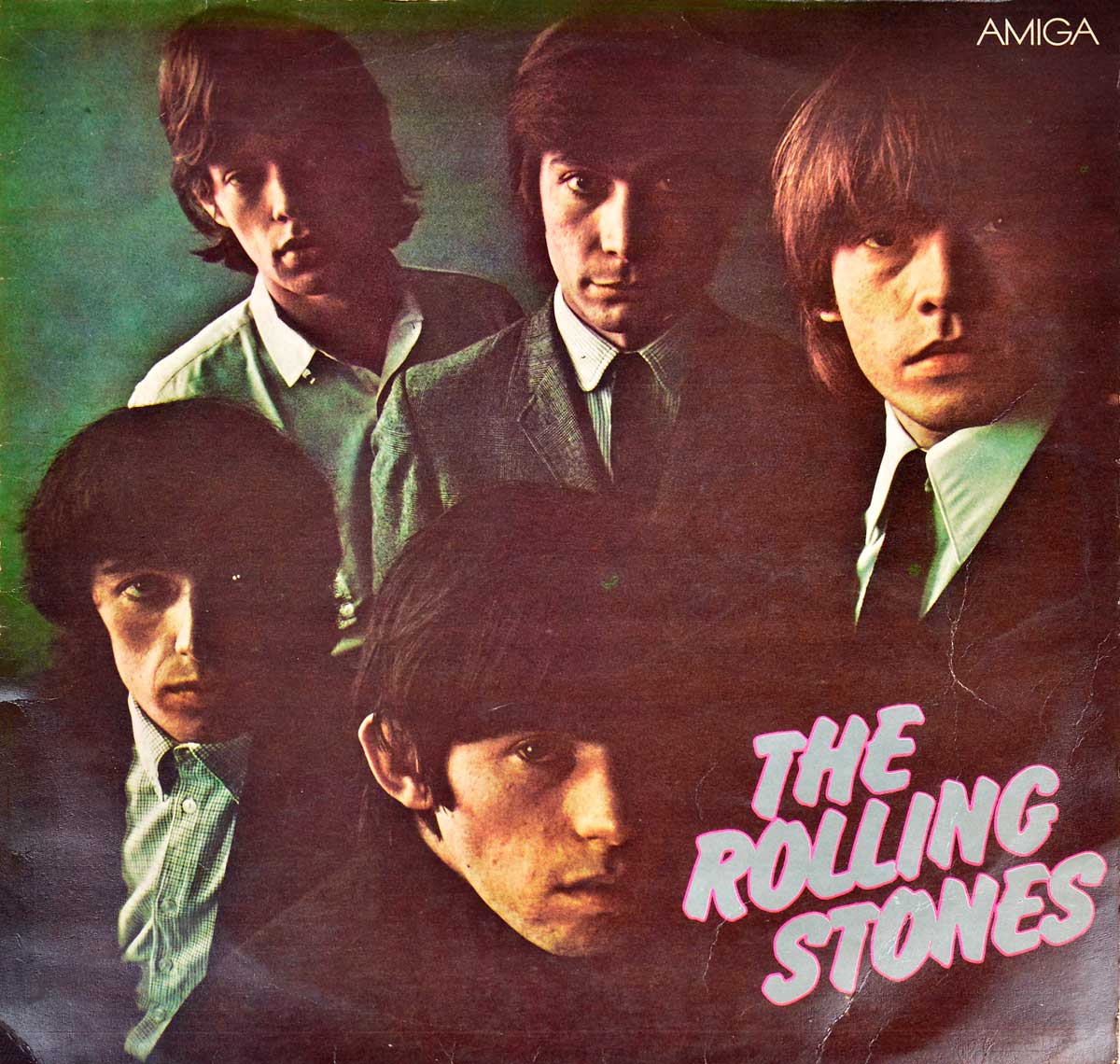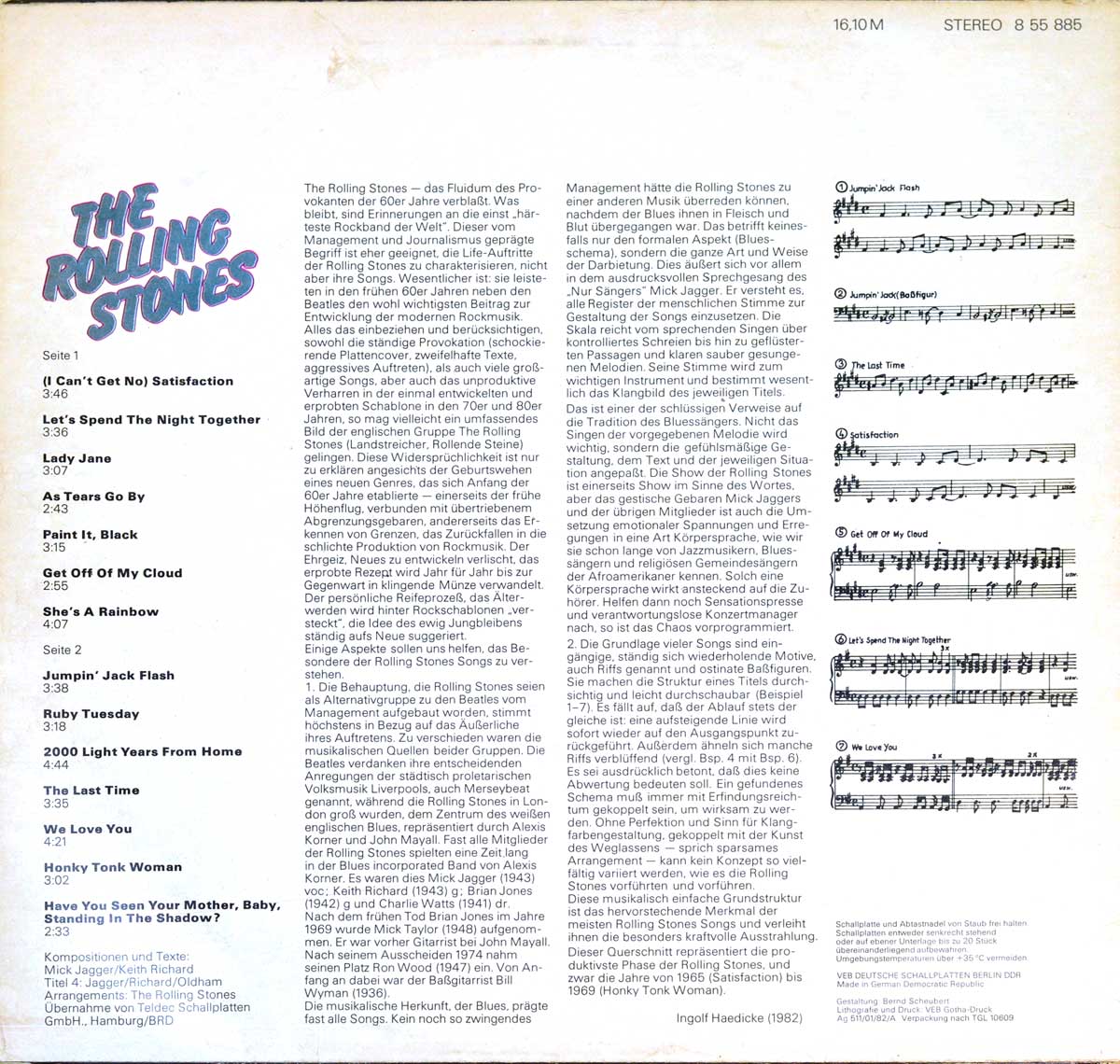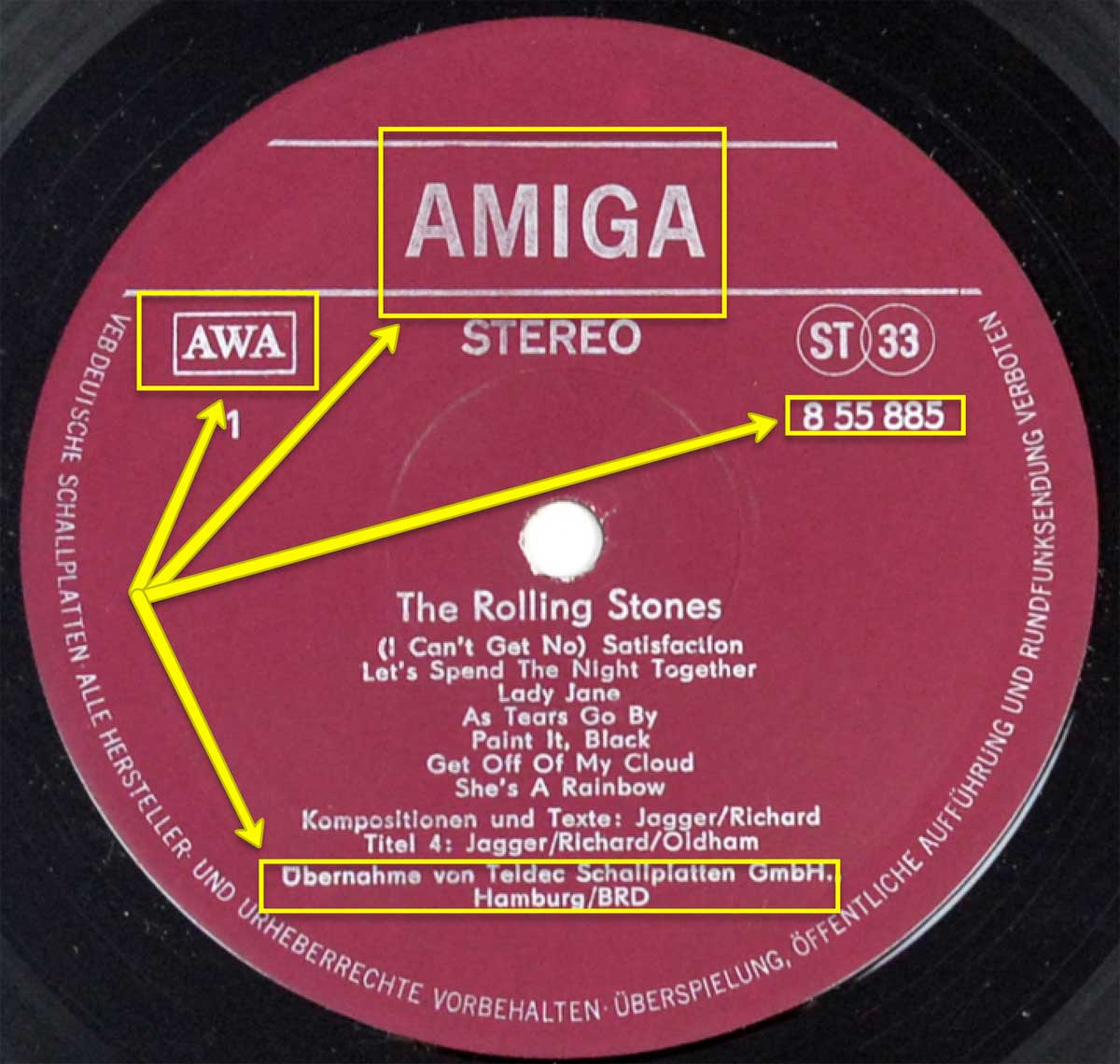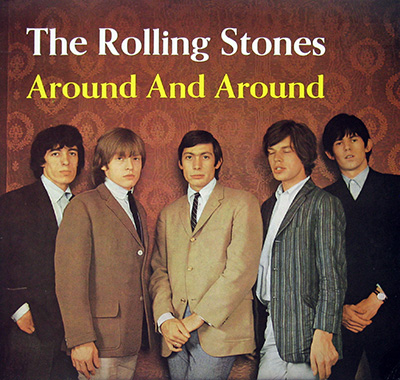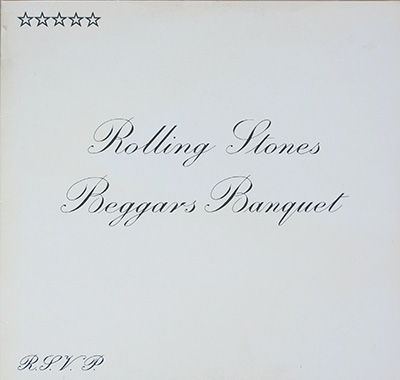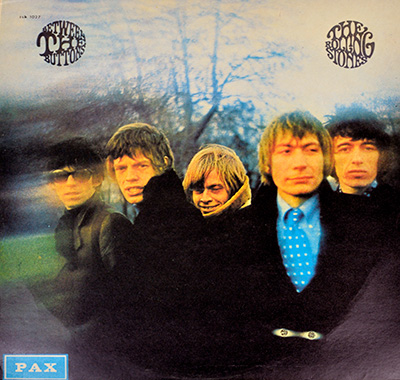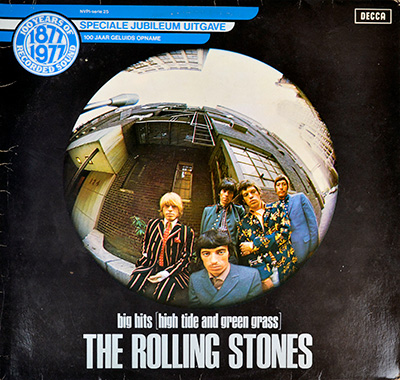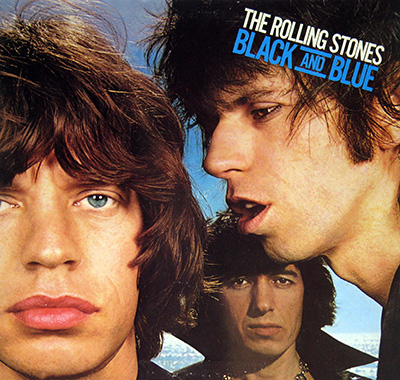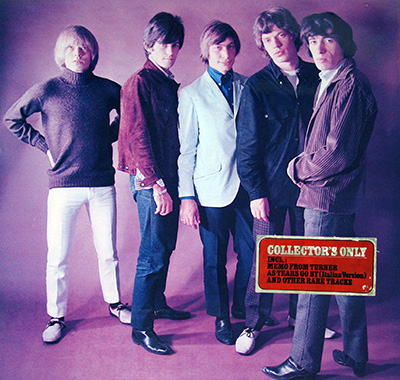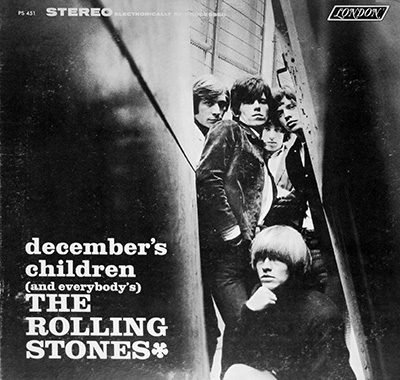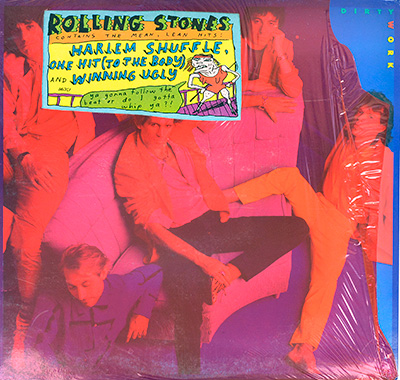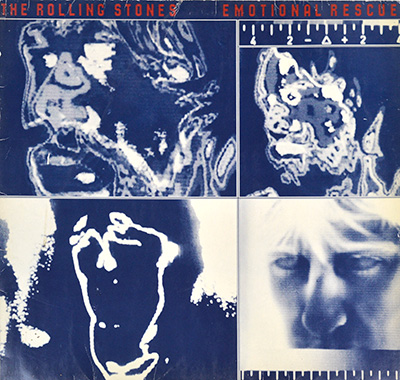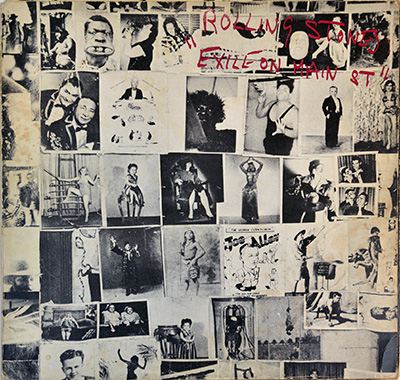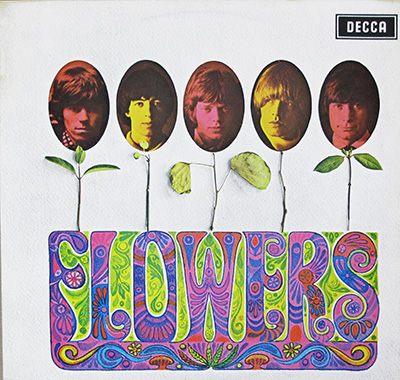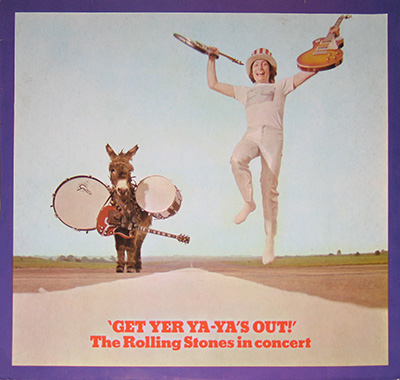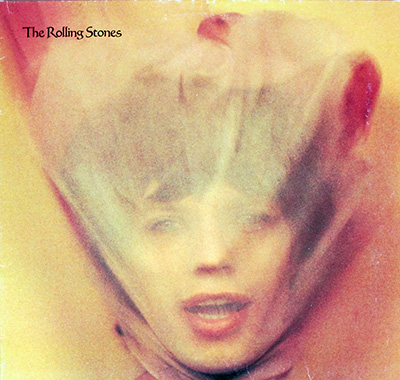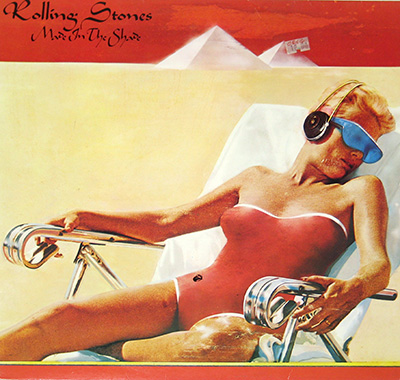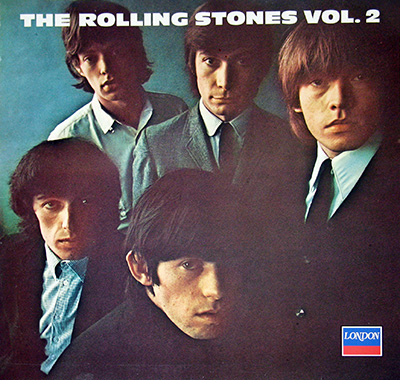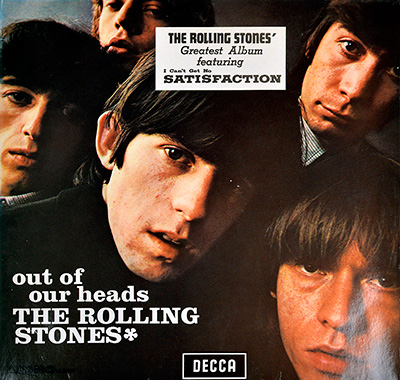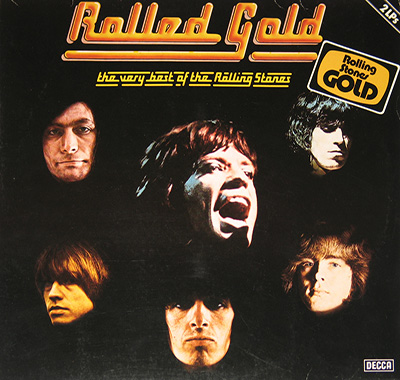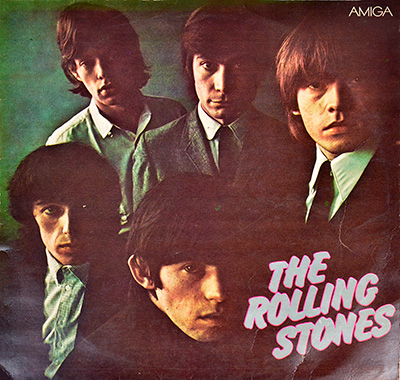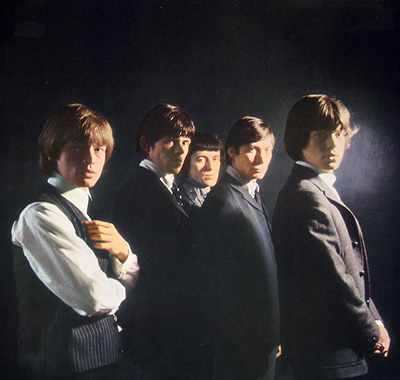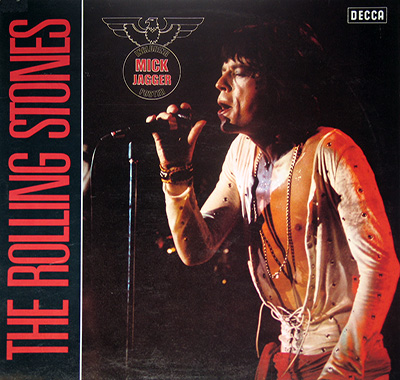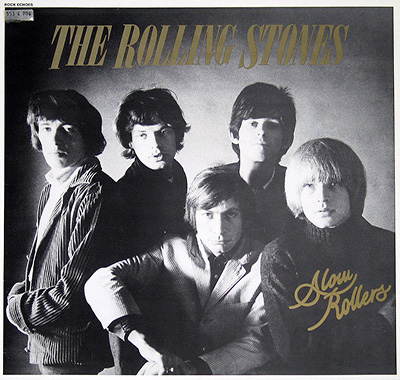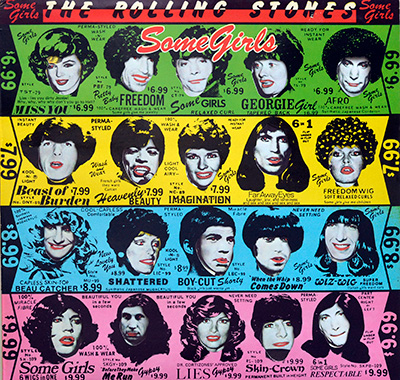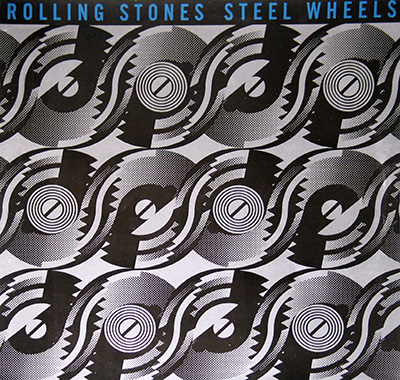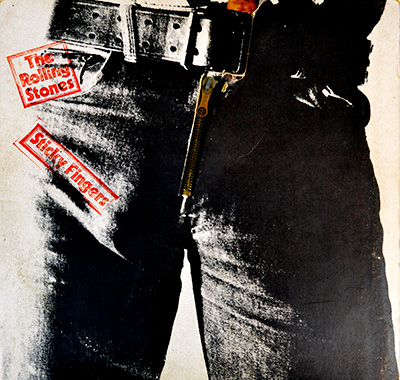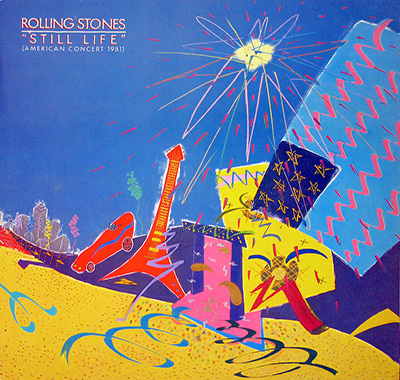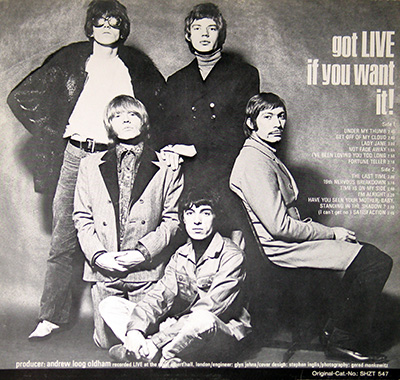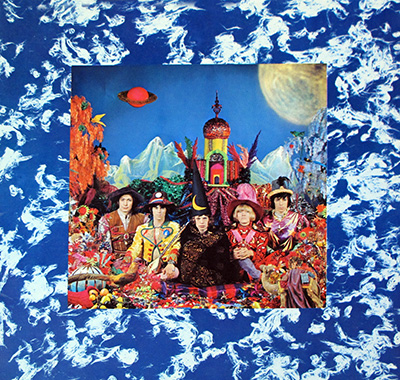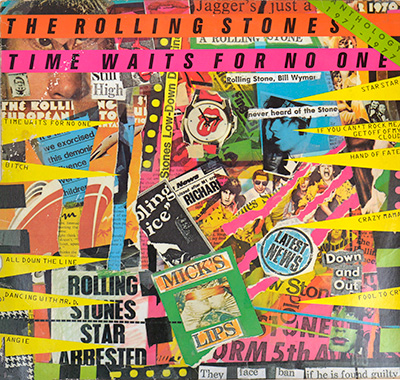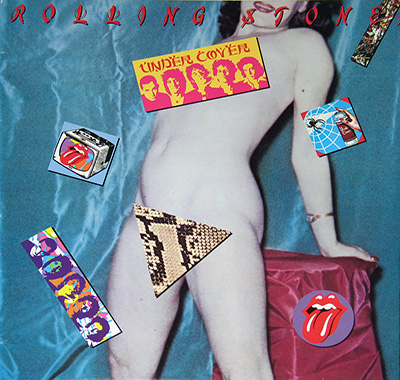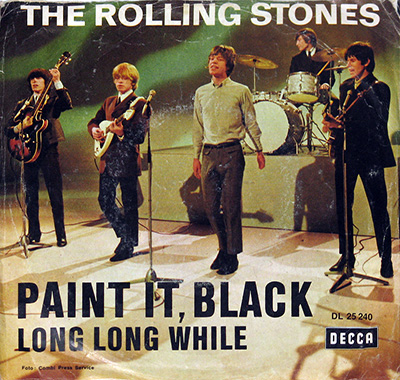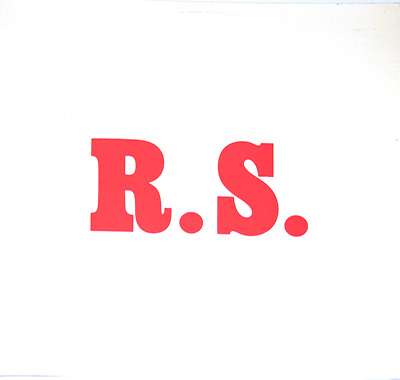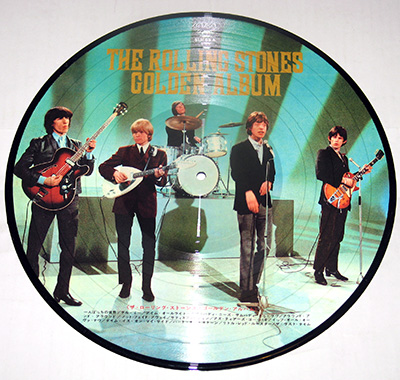|
Album Description:
The music industry has witnessed numerous iconic albums that have left an indelible mark on popular culture. One such album is the 1982 self-titled release by the Rolling Stones. However, what makes this particular version unique is its release in East Germany on Amiga Records with the catalog number AMIGA – 8 55 885.
The 1980s marked a crucial period for global politics, with the Cold War dividing the world into two ideological camps. East Germany, known as the German Democratic Republic (GDR), was under the influence of the Soviet Union and operated within a restrictive socialist framework. Despite political and cultural limitations, music remained a potent means of expression for individuals seeking freedom and a connection to the outside world.
The Rolling Stones, a British rock band formed in 1962, had become one of the most influential and enduring acts in rock music history by the 1980s. Known for their rebellious attitude, energetic performances, and iconic hits, they were a symbol of counter-culture and youth rebellion. Their music resonated with audiences worldwide, transcending borders and ideologies.
Amiga Records, the state-owned record label of East Germany, was responsible for producing and distributing music within the country. The release of the Rolling Stones' self-titled album on Amiga Records with the catalog number AMIGA – 8 55 885 marked a significant cultural event. It provided music enthusiasts in East Germany with access to Western music and a glimpse into the outside world.
The availability of the Rolling Stones' album on Amiga Records in East Germany was a testament to the enduring power of music as a catalyst for change. It offered a form of escapism for individuals living under the repressive regime of the GDR, allowing them to connect with a global cultural phenomenon. The album's popularity demonstrated that the desire for freedom and self-expression could not be stifled, even within the confines of a socialist state.
Furthermore, the album's release on Amiga Records represented a rare instance of Western music being officially sanctioned and disseminated in East Germany. It served as a cultural bridge, providing East German citizens with a taste of the music that defined the Western world. The Rolling Stones' album challenged the state's attempts to control and restrict cultural influences, subtly undermining the authority of the regime.
|
|
Album Production information:
Album Liner Notes: Ingolf Haedicke
Album cover design: Bernd Scheubert
Transcript of the original liner notes (German Language)
The Rolling Stones — das Fluidum des Pro-vokanten der 60er Jahre verblaßt. Was bleibt, sind Erinnerungen an die einst "härteste Rockband der Welt". Dieser vom Management und Journalismus geprägte Begriff ist eher geeignet, die Life-Auftritte der Rolling Stones zu charakterisieren, nicht aber ihre Songs. Wesentlicher ist: sie leisteten in den frühen 60er Jahren neben den Beatles den wohl wichtigsten Beitrag zur Entwicklung der modernen Rockmusik. Alles das einbeziehen und berücksichtigen, sowohl die ständige Provokation (schockierende Plattencover, zweifelhafte Texte, aggressives Auftreten), als auch viele großartige Songs, aber auch das unproduktive Verharren in der einmal entwickelten und erprobten Schablone in den 70er und 80er Jahren, so mag vielleicht ein umfassendes Bild der englischen Gruppe The Rolling Stones (Landstreicher, Rollende Steine) gelingen.
Diese Widersprüchlichkeit ist nur zu erklären angesichts der Geburtswehen eines neuen Genres, das sich Anfang der 60er Jahre etablierte — einerseits der frühe Höhenflug, verbunden mit übertriebenem Abgrenzungsgebaren, andererseits das Erkennen von Grenzen, das Zurückfallen in die schlichte Produktion von Rockmusik. Der Ehrgeiz, Neues zu entwickeln verlischt, das erprobte Rezept wird Jahr für Jahr bis zur Gegenwart in klingende Münze verwandelt. Der persönliche Reifeprozeß, das Älter-werden wird hinter Rockschablonen "versteckt", die Idee des ewig Jungbleibens ständig aufs Neue suggeriert. Einige Aspekte sollen uns helfen, das Besondere der Rolling Stones Songs zu verstehen.
1. Die Behauptung, die Rolling Stones seien als Alternativgruppe zu den Beatles vom Management aufgebaut worden, stimmt höchstens in Bezug auf das Äußerliche ihres Auftretens. Zu verschieden waren die musikalischen Quellen beider Gruppen. Die Beatles verdanken ihre entscheidenden Anregungen der städtisch proletarischen Volksmusik Liverpools, auch Merseybeat genannt, während die Rolling Stones in London groß wurden, dem Zentrum des weißen englischen Blues, repräsentiert durch Alexis Korner und John Mayall. Fast alle Mitglieder der Rolling Stones spielten eine Zeitlang in der Blues incorporated Band von Alexis Korner. Es waren dies Mick Jagger (1943) voc; Keith Richard (1943) g; Brian Jones (1942) g und Charlie Watts (1941) dr. Nach dem frühen Tod Brian Jones im Jahre 1969 wurde Mick Taylor (1948) aufgenommen.
Er war vorher Gitarrist bei John Mayall. Nach seinem Ausscheiden 1974 nahm seinen Platz Ron Wood (1947) ein. Von Anfang an dabei war der Baßgitarrist Bill Wyman (1936). Die musikalische Herkunft, der Blues, prägte fast alle Songs. Kein noch so zwingendes Management hätte die Rolling Stones zu einer anderen Musik überreden können, nachdem der Blues ihnen in Fleisch und Blut übergegangen war. Das betrifft keines-falls nur den formalen Aspekt (Blues-schema), sondern die ganze Art und Weise der Darbietung. Dies äußert sich vor allem in dem ausdrucksvollen Sprechgesang des "Nur Sängers" Mick Jagger. Er versteht es, alle Register der menschlichen Stimme zur Gestaltung der Songs einzusetzen. Die Skala reicht vom sprechenden Singen über-kontrolliertes Schreien bis hin zu geflüsterten Passagen und klaren sauber gesunge-nen Melodien.
Seine Stimme wird zum wichtigen Instrument und bestimmt wesentlich das Klangbild des jeweiligen Titels. Das ist einer der schlüssigen Verweise auf die Tradition des Bluessängers. Nicht das Singen der vorgegebenen Melodie wird wichtig, sondern die gefühlsmäßige Gestaltung, dem Text und der jeweiligen Situa-tion angepaßt. Die Show der Rolling Stones ist einerseits Show im Sinne des Wortes, aber das gestische Gebaren Mick Jaggers und der übrigen Mitglieder ist auch die Umsetzung emotionaler Spannungen und Erregungen in eine Art Körpersprache, wie wir sie schon lange von Jazzmusikern, Blues-sängern und religiösen Gemeindesängern der Afroamerikaner kennen. Solch eine Körpersprache wirkt-ansteckend auf die Zuhörer. Helfen dann noch Sensationspresse und verantwortungslose Konzertmanager nach, so ist das Chaos vorprogrammiert.
2. Die Grundlage vieler Songs sind eingängige, ständig sich wiederholende Motive, auch Riffs genannt und ostinate Baßfiguren. Sie machen die Struktur eines Titels durchsichtig und leicht durchschaubar (Beispiel 1-7). Es fällt auf, daß der Ablauf stets der gleiche ist: eine aufsteigende Linie wird sofort wieder auf den Ausgangspunkt zurückgeführt. Außerdem ähneln sich manche Riffs verblüffend (vergl. Bsp. 4 mit Bsp. 6). Es sei ausdrücklich betont, daß dies keine Abwertung bedeuten soll. Ein gefundenes Schema muß immer mit Erfindungsreichtum gekoppelt sein, um wirksam zu werden. Ohne Perfektion und Sinn für Klang-farbengestaltung, gekoppelt mit der Kunst des Weglassens — sprich sparsames Arrangement — kann kein Konzept so vielfältig variiert werden, wie es die Rolling Stones vorführten und vorführen. Diese musikalisch einfache Grundstruktur ist das hervorstechende Merkmal der meisten Rolling Stones Songs und verleiht ihnen die besonders kraftvolle Ausstrahlung.
Dieser Querschnitt repräsentiert die produktivste Phase der Rolling Stones, und zwar die Jahre von 1965 (Satisfaction) bis 1969 (Honky Tonk Woman).
Ingolf Haedicke (1982)
|
